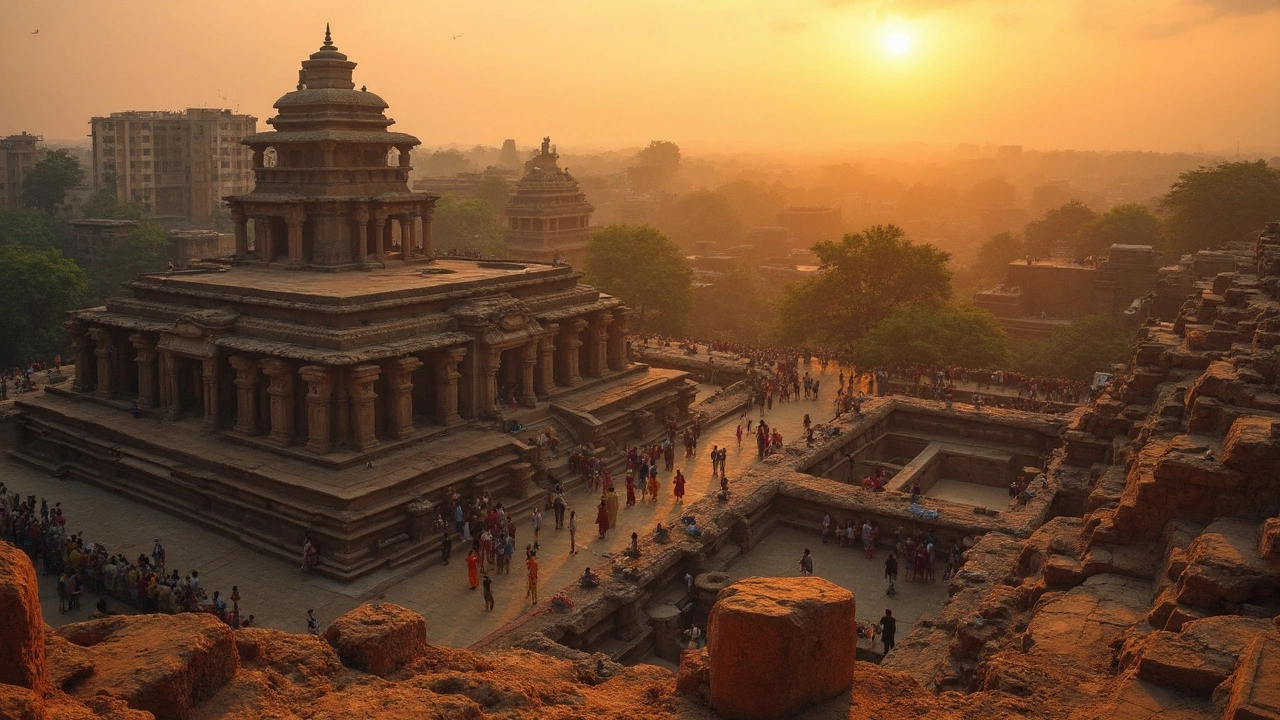SEARCH
World Heritage Sites in India – Your Quick Guide
India is home to dozens of UNESCO World Heritage sites, from ancient ruins to stunning natural parks. If you love history, culture, or breathtaking scenery, these places should be on your bucket list. Below you’ll find why they matter, which ones to prioritize, and practical tips to make the visit smooth.
Why Visit UNESCO Sites?
UNESCO picks sites that have universal value, so each one tells a story that goes beyond borders. Visiting a World Heritage site means stepping into a living museum where the past meets the present. You get a chance to see architecture, art, or ecosystems that have survived centuries, often with local communities still guarding the traditions.
These spots also tend to have good visitor facilities because they attract tourists from around the world. That means you’ll find clear signboards, guided tours, and often a visitor center where you can learn the basics before you wander around.
Top Must‑See Heritage Spots
1. Taj Mahal, Agra – No list is complete without India’s iconic marble mausoleum. Visit early morning to beat the crowds and capture the glow of sunrise on the dome.
2. Khajuraho Temples, Madhya Pradesh – Famous for intricate stone carvings, these temples are best explored with a guide who can explain the symbolism behind each panel.
3. Hampi, Karnataka – The ruins of the Vijayanagara Empire spread across a rocky landscape. Rent a bicycle to cover the main sites in a couple of hours.
4. Kaziranga National Park, Assam – A natural World Heritage site home to the one‑horned rhinoceros. Book a jeep safari early in the day for the best animal sightings.
5. Jaipur‑Jodhpur Forts, Rajasthan – The Amber Fort and Mehrangarh Fort showcase Rajput architecture. Wear comfortable shoes; you’ll be climbing stairs and walking on uneven ground.
Each destination has its own best time to visit. For example, Hampi is pleasant from October to March, while Kaziranga peaks in the dry winter months when wildlife gathers around waterholes.
When you plan your trip, consider buying a “Heritage Pass” where available. Some states offer a single ticket that covers entry to multiple sites, saving both money and time at the gate.
Don’t forget to respect local customs. In many temples, shoes must be removed, and photography may be restricted inside certain chambers. A quick glance at the sign or a polite question to staff will keep you out of trouble.
Transportation is pretty easy for most sites. Major cities have good rail and bus links, and you can hire a car with a driver for flexible routing. If you’re on a tight budget, look for state‑run buses that stop near the heritage complexes.
Finally, plan a downtime day after a heavy sightseeing day. Many heritage locations are surrounded by markets or natural spots where you can relax, sip tea, and soak in the local vibe before moving on.
Ready to start ticking off India’s World Heritage treasures? Pick a few sites that match your interests, check the best travel window, and book your tickets. The stories waiting at each spot are waiting for you.

Endangered Treasure: India's Imperiled World Heritage Sites
India's World Heritage Sites face numerous threats, which jeopardize their cultural and historical significance. Many of these sites require urgent preservation efforts to prevent irreversible damage. Addressing issues like urban encroachment, pollution, and climate change is critical to safeguarding these treasures. By understanding the challenges and potential solutions, we can contribute to preserving these irreplaceable landmarks. Discover which sites are most at risk and what can be done to protect them.
Continue reading